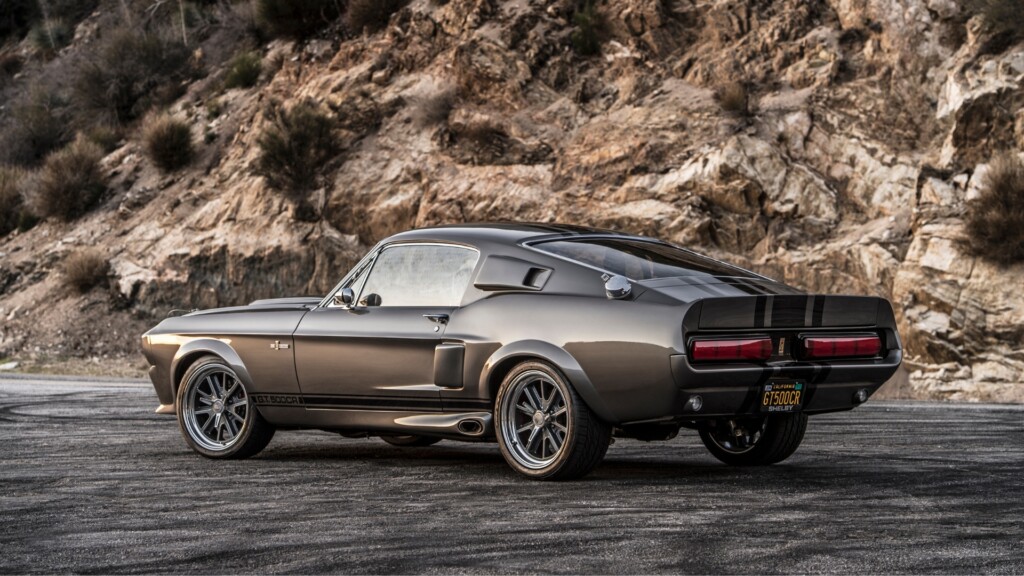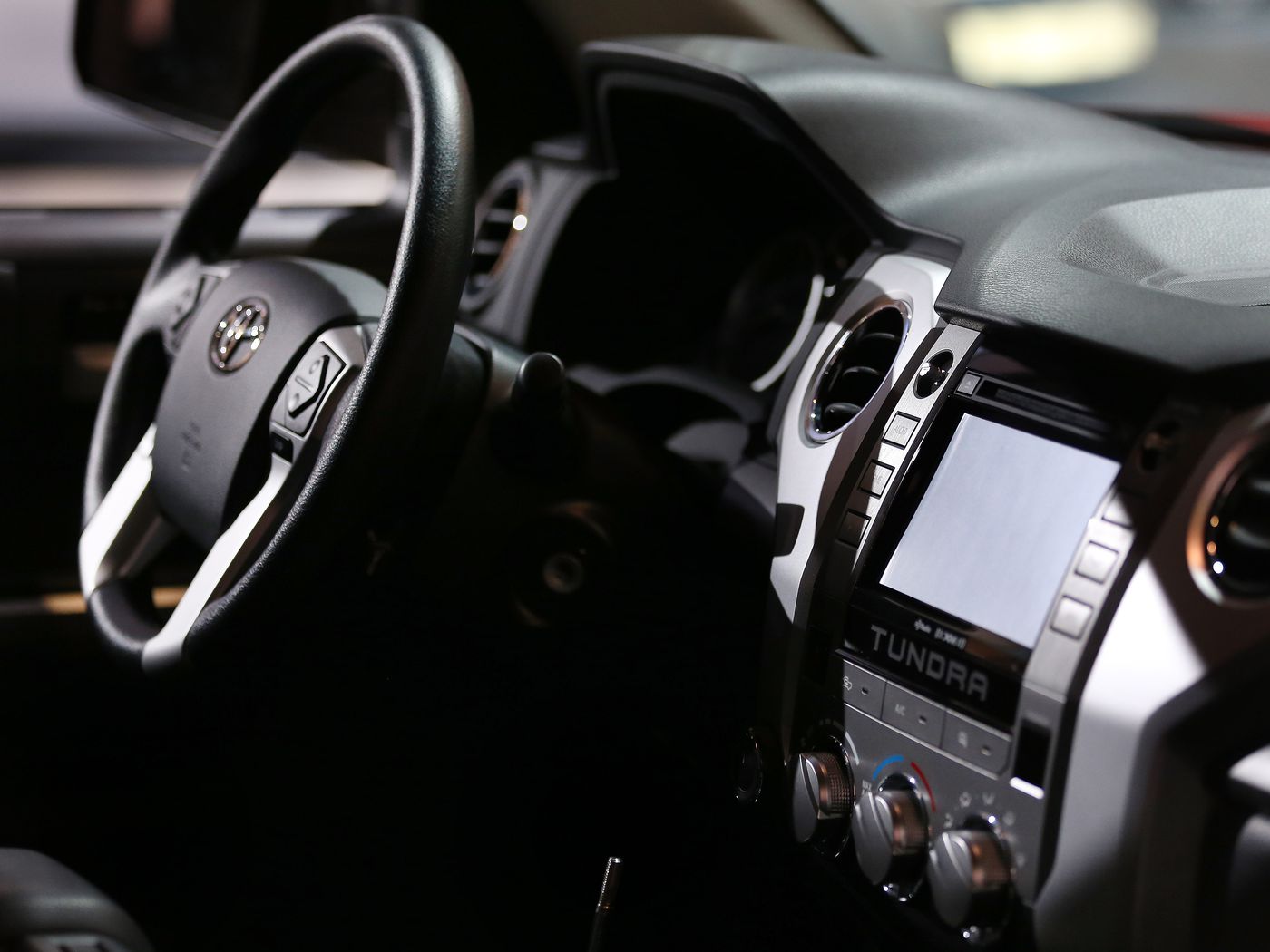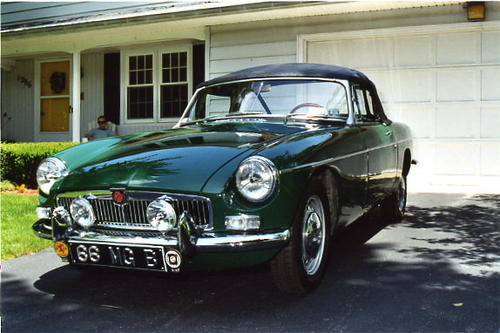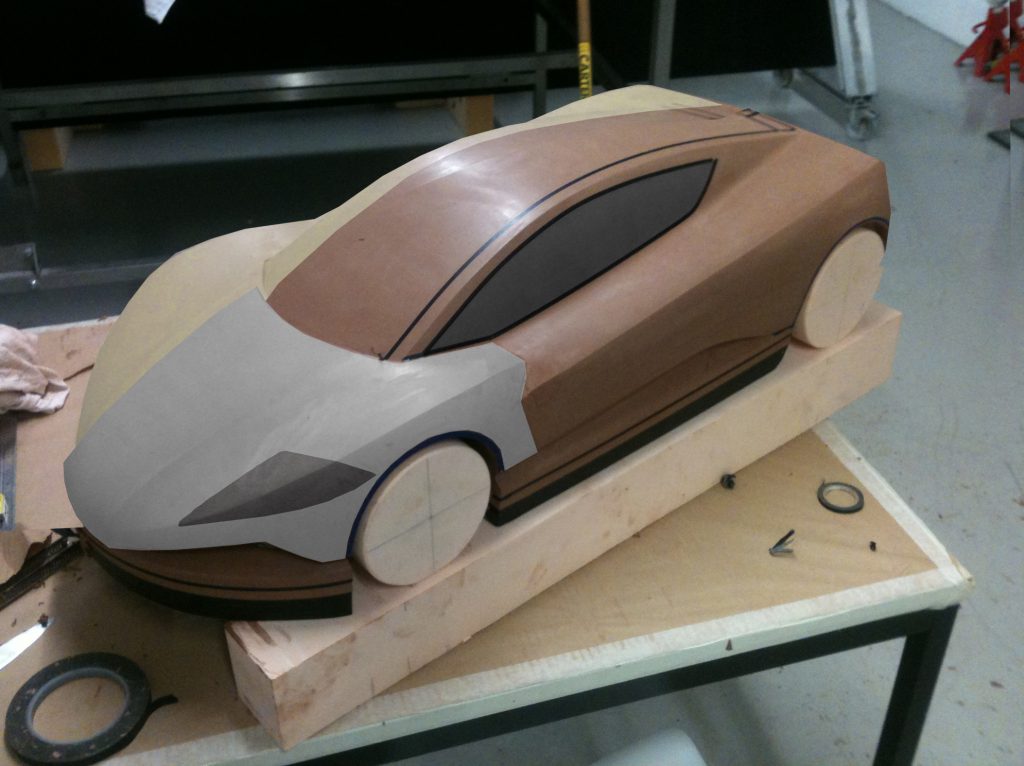Introduction
There’s something undeniably captivating about classic cars. The sleek lines, the timeless designs, the raw power—these vehicles have an enduring charm that transcends generations. But as much as we adore them, classic cars often fall short in terms of modern performance, safety, and comfort. This is where restomodding comes into play.
Restomodding, a portmanteau of “restoration” and “modification,” is a fascinating automotive art that involves bringing vintage cars into the 21st century while preserving their classic aesthetics. It’s the art of blending the old and the new, creating a harmonious synergy that not only retains the original charm of the vehicle but also enhances its capabilities. Let’s dive deeper into the world of restomodding and discover why it has become a passion for car enthusiasts worldwide.
The Restomodding Process
Restomodding is a meticulous process that requires a keen eye for detail and a deep understanding of automotive engineering. Here are the key steps involved in restomodding a classic car:
Vehicle Selection: The journey begins with choosing the right classic car to restomod. Enthusiasts often select iconic models from the ’60s and ’70s, such as the Ford Mustang, Chevrolet Camaro, or Porsche 911. These cars offer an excellent canvas for modernization.
Stripping Down: The first step is often to strip the vehicle down to its bare frame, removing all the old components. This process helps assess the condition of the car and identify areas that need attention.
Engine Upgrades: One of the most significant aspects of restomodding is upgrading the powertrain. Vintage engines are replaced with modern, high-performance ones, often featuring fuel injection systems, electronic ignition, and enhanced cooling systems. This not only boosts power but also improves fuel efficiency and reliability.
Suspension and Brakes: Upgrading the suspension and brakes is crucial for improving handling and safety. Restomodders often install modern suspension components, disc brakes, and electronic stability control systems to ensure a smoother and safer ride.
Interior Refinement: The interior is where the fusion of old and new truly shines. Classic car interiors are meticulously restored, often with modern conveniences like air conditioning, advanced audio systems, and comfortable seats. Customization options are virtually limitless, allowing owners to create a personalized driving experience.
Exterior Enhancements: While the exterior aesthetics are preserved, restomodders may make subtle enhancements, such as LED lighting, custom paint jobs, or alloy wheels. These updates maintain the classic appearance while adding a touch of modern flair.
Electronics and Technology: Classic cars lacked the advanced electronics we take for granted today. Restomodding often includes the integration of modern technology, including GPS navigation, touch-screen infotainment systems, and advanced security features.
Testing and Tuning: Once all the upgrades are in place, extensive testing and tuning are carried out to ensure the vehicle’s performance, safety, and reliability meet modern standards.
Final Touches: The finishing touches, such as badging, trim, and interior details, are meticulously attended to, ensuring that the restomodded car looks like it rolled off the assembly line with its new upgrades.
Why Restomodding?
Restomodding isn’t just about modernizing classic cars; it’s about preserving automotive history while making it relevant to today’s enthusiasts. Here are some compelling reasons why people are drawn to this art form:
Performance: Vintage cars, while charming, often lack the power and handling capabilities of modern vehicles. Restomodding allows enthusiasts to enjoy the best of both worlds by infusing classic beauties with cutting-edge performance.
Safety: Older cars lacked many of the safety features we now take for granted, such as airbags and advanced braking systems. Restomodding enhances safety without compromising the vehicle’s classic appeal.
Reliability: Vintage cars can be temperamental and prone to breakdowns. Restomodding replaces outdated components with reliable, modern ones, ensuring that the vehicle can be driven with confidence.
Customization: Restomodding allows for unparalleled customization. Enthusiasts can tailor their cars to their unique preferences, creating one-of-a-kind vehicles that reflect their personality and style.
Investment: Well-executed restomods often appreciate in value over time. Collectors and investors are increasingly recognizing the potential for a well-restomodded classic car to become a sought-after collectible.
Environmental Considerations: Restomodding can be more environmentally friendly than producing a new car. By rejuvenating an existing classic, it reduces the demand for new resources and emissions associated with manufacturing.
Notable Restomod Projects
Several iconic restomod projects have captured the imagination of car enthusiasts around the world. Here are a few notable examples:
Singer Porsche 911: Singer Vehicle Design is renowned for its meticulously crafted Porsche 911 restomods. These cars blend classic 911 aesthetics with modern performance and luxury, resulting in automotive masterpieces.
Ringbrothers’ 1969 Chevrolet Camaro “Valkyrja”: Ringbrothers’ Valkyrja is a stunning restomod that combines classic muscle car looks with a modern carbon fiber body, a supercharged V8 engine, and state-of-the-art suspension and brakes.
ICON FJ Series: ICON is famous for its restomodded Toyota Land Cruisers and Ford Broncos. These vehicles retain their classic off-road charm while boasting modern drivetrains, interiors, and technology.
Revology Mustang: Revology’s Mustangs are modern interpretations of the classic Ford Mustang. They feature modern engines, transmissions, and interiors, all wrapped in the iconic Mustang body.
Conclusion
Restomodding is the ultimate expression of automotive artistry—a seamless blend of classic charm and modern performance. It allows enthusiasts to breathe new life into vintage vehicles, preserving their nostalgia while enhancing their functionality. Whether you’re a collector, an enthusiast, or simply someone who appreciates the beauty of classic cars, restomodding is a captivating journey that brings the past into the present. It’s an art form that ensures these timeless classics will continue to turn heads and ignite passions for generations to come.





